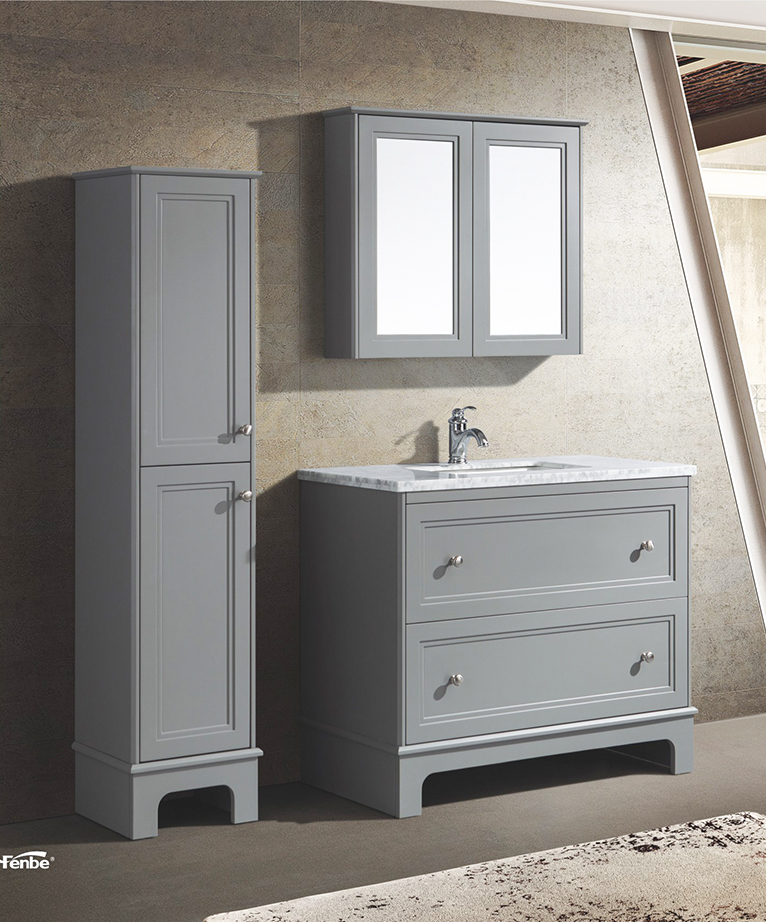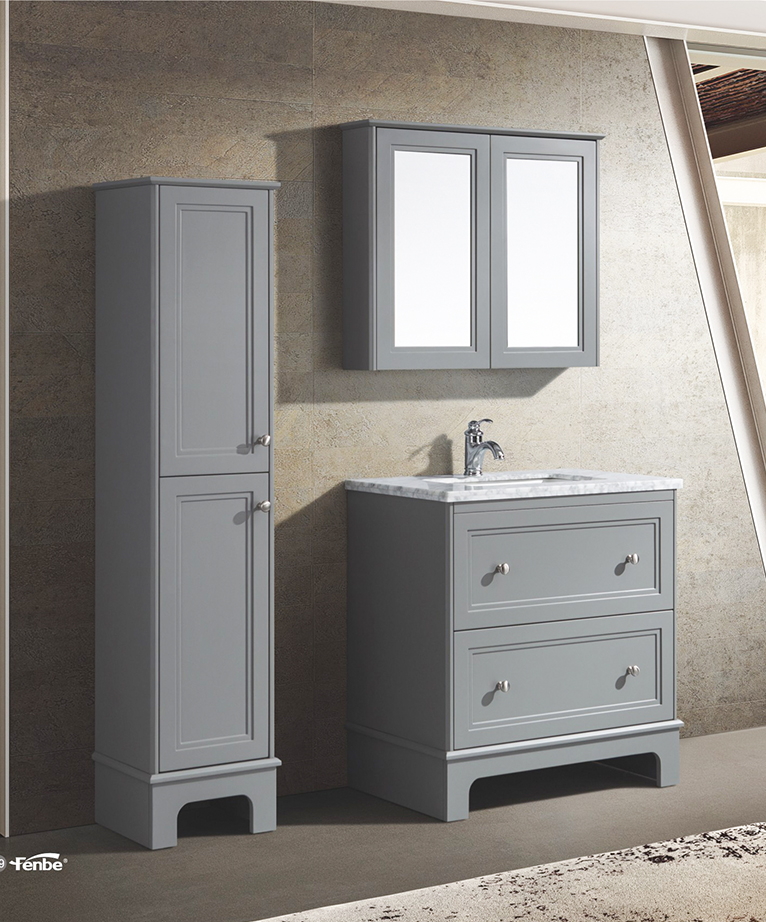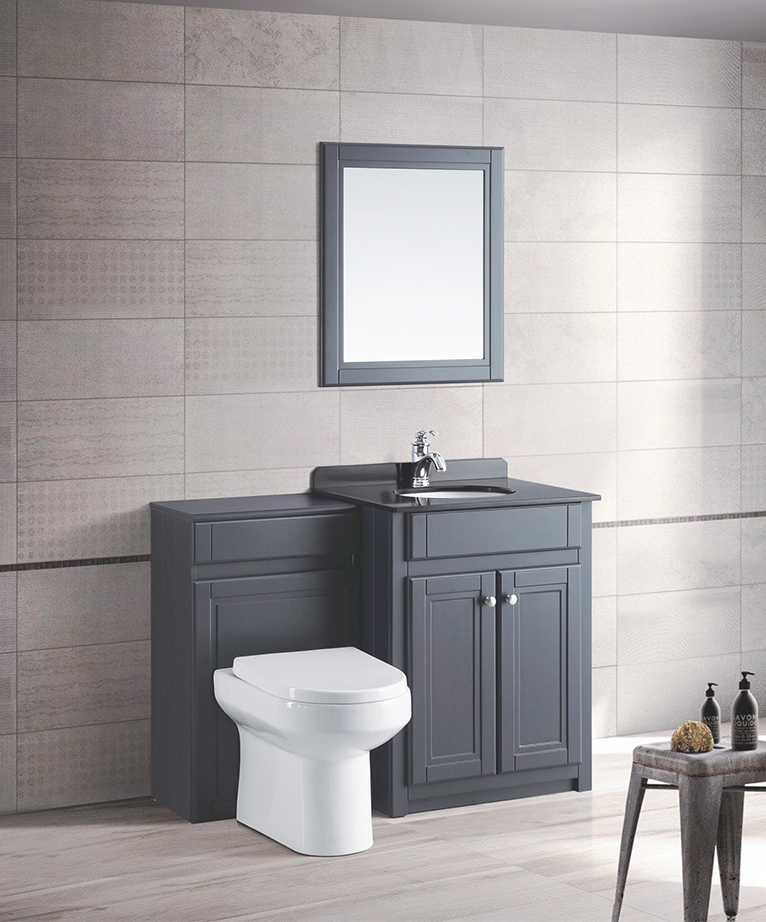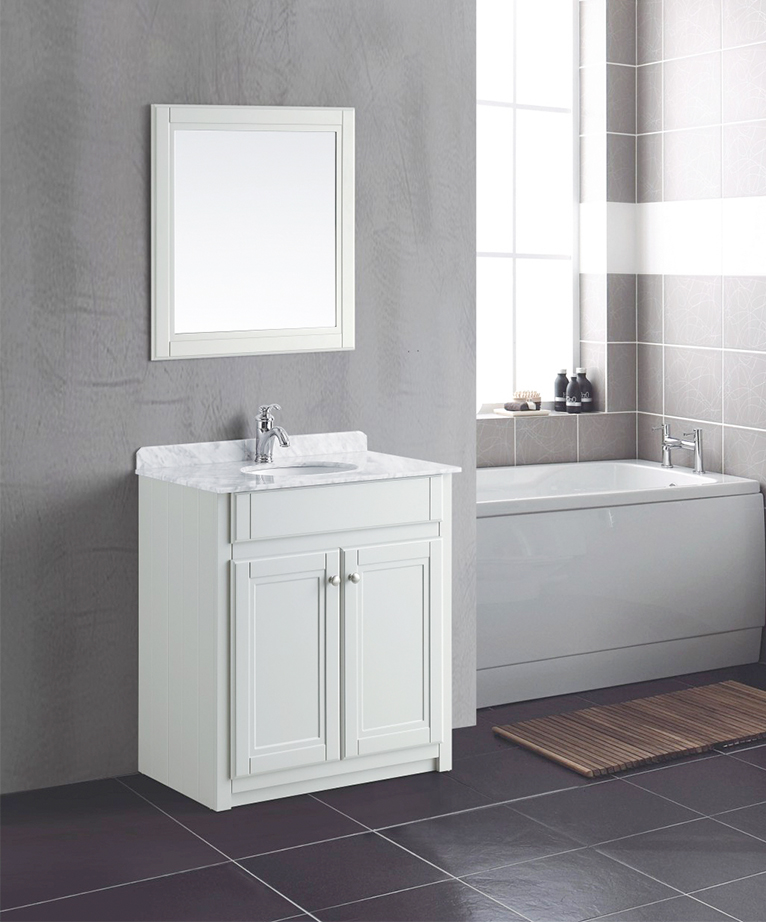Bathroom basins are available in a variety of materials, each with its own unique benefits and characteristics. The choice of material depends on factors such as style preferences, durability, maintenance requirements, and budget. Here are some commonly used materials for manufacturing bathroom basins and their respective benefits:
Porcelain/Ceramic:
Benefits: Porcelain and ceramic are among the most popular materials for bathroom basins. They are known for their durability, ease of maintenance, and wide range of design options. They are resistant to stains, fading, and water damage. Ceramic basins are available in various shapes, sizes, and colors, making them suitable for various bathroom styles.
Vitreous China:
Benefits: Vitreous china is a type of ceramic known for its smooth, glossy finish. It is exceptionally durable and resistant to stains and scratches. Vitreous china basins are easy to clean and maintain, making them a popular choice for bathrooms.
Glass:
Benefits: Glass basins offer a modern and elegant look to bathrooms. They come in various colors and styles and are often used to create a striking focal point. Glass is non-porous and easy to clean, but it may be more susceptible to scratches and cracks than some other materials.
Stone (Marble, Granite, Onyx, etc.):
Benefits: Stone basins add a luxurious and natural element to bathrooms. Each stone type has its unique appearance, color variations, and patterns. Stone basins are durable, heat-resistant, and can withstand years of use. They are often sealed to protect against staining and moisture absorption.
Solid Surface (e.g., Corian):
Benefits: Solid surface basins are made from composite materials like acrylic or polyester resin. They offer a seamless, modern appearance with a smooth and easy-to-clean surface. These basins can be custom-shaped and are often used in contemporary designs.
Stainless Steel:
Benefits: Stainless steel basins are durable, corrosion-resistant, and easy to maintain. They are a common choice for industrial and minimalist bathroom designs. Stainless steel is non-porous and resistant to stains and rust.
Cast Iron:
Benefits: Cast iron basins are extremely durable and long-lasting. They have a classic, vintage look and excellent heat retention properties. However, they can be heavy and may require additional support.
Composite (e.g., Quartz, Resin):
Benefits: Composite basins combine materials like quartz, resin, and acrylic to create a durable and visually appealing surface. They are resistant to scratches, stains, and chipping. Composite basins can mimic the appearance of natural stone.
Copper and Brass:
Benefits: Copper and brass basins provide a unique and rustic appearance. They develop a natural patina over time, which adds character to the basin's look. These materials are corrosion-resistant and durable.
Wood:
Benefits: Wooden basins offer a warm and organic feel to bathrooms. They are often used in spa-like or nature-inspired designs. Wooden basins are typically treated to resist moisture and damage.
Acrylic:
Benefits: Acrylic basins are lightweight, cost-effective, and easy to install. They come in various shapes and sizes and are suitable for budget-conscious bathroom projects.

 English
English Español
Español



